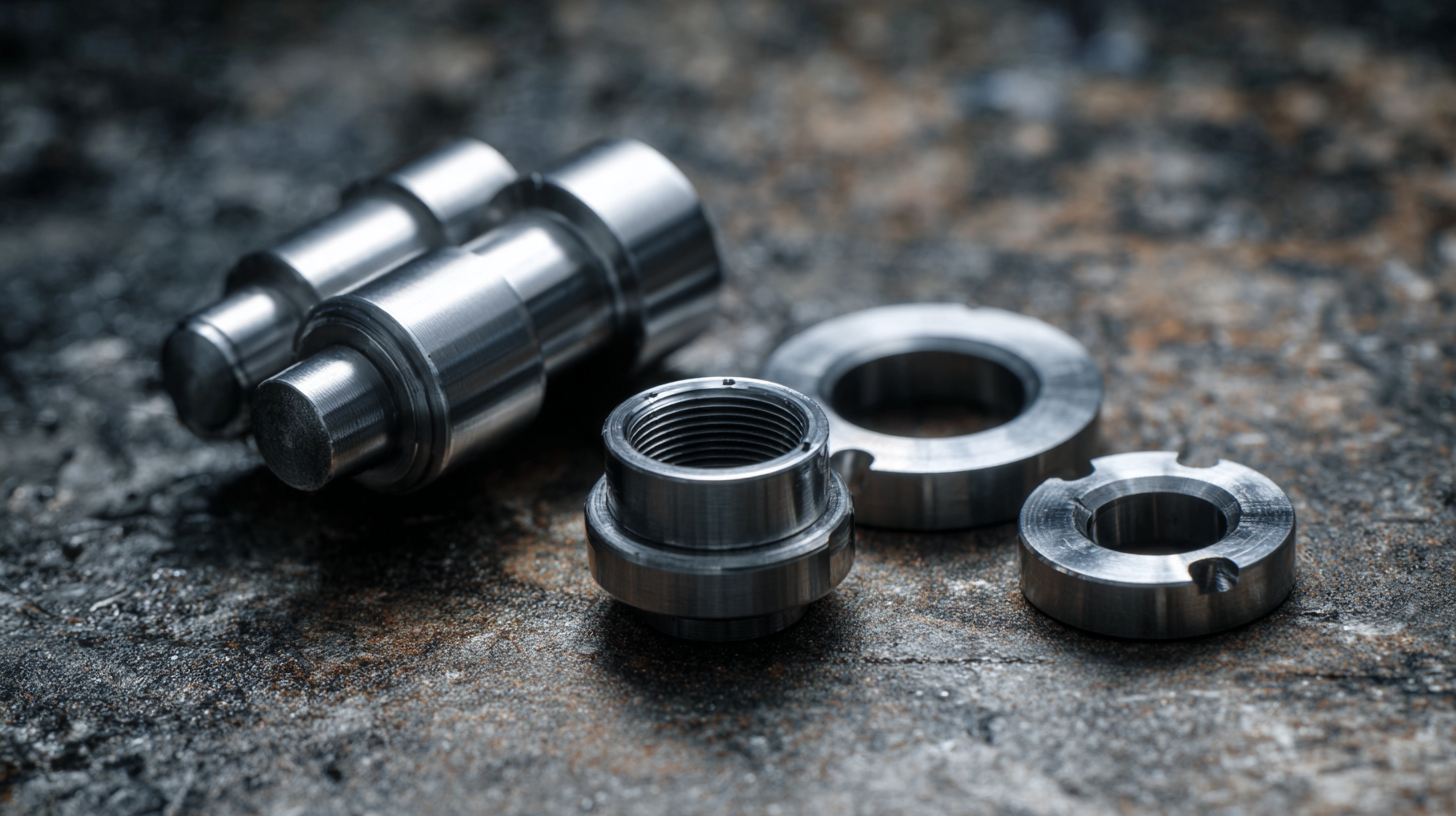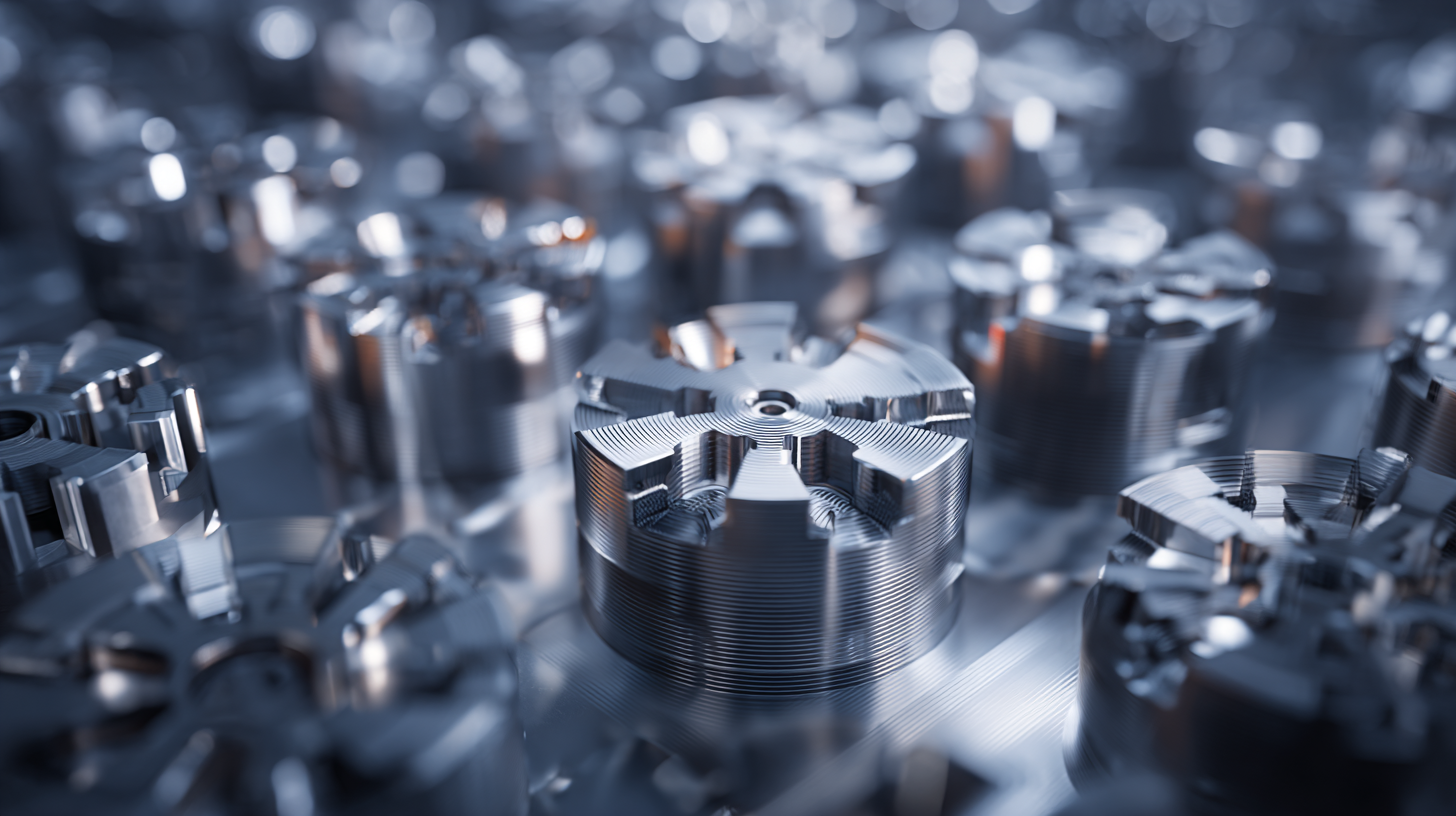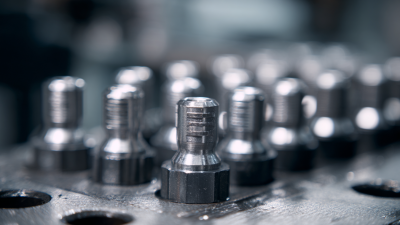Leave Your Message
-
Phone
-
E-mail
The field of metal forming has seen significant advancements, particularly in the area of cold heading processes, where the use of Cold Heading Dies stands as a critical component. According to the latest industry reports, the global cold heading market is projected to grow at a CAGR of 6.5%, reaching USD 15.2 billion by 2027, underscoring the increasing demand for precision-engineered components. Cold Heading Dies, essential for shaping metal without applying heat, play a pivotal role in optimizing production efficiency and enhancing the mechanical properties of finished products. As metal forming enthusiasts seek to deepen their understanding, comprehending the intricacies of these dies becomes essential for achieving higher quality outputs and reducing manufacturing costs. This comprehensive guide will explore the science behind Cold Heading Dies, equipping readers with invaluable insights for successful application in the metal forming industry.

Cold heading is a vital process in metal forming that involves the deformation of metal at room temperature. This technique allows for the production of high-strength components while minimizing waste material. One of the key principles behind cold heading is the understanding of metal flow. When metal is displaced in the die during the heading process, it undergoes various forms of strain. Controlling this strain is crucial, as it determines the final properties of the component, such as strength and ductility.
Another essential concept in cold heading is the design and functionality of the dies used in the process. Dies need to be engineered to accommodate the specific geometries of the desired product, ensuring that the metal flows correctly and fills the die cavity. Moreover, the choice of material for dies significantly impacts their durability and the quality of the final product. Factors such as hardness, resistance to wear, and thermal properties come into play, making the selection of the die material a critical aspect of successful cold heading operations.
Understanding these principles helps metal forming enthusiasts appreciate the intricacies of cold heading and enhances their ability to produce high-quality metal components.
When choosing the right cold heading die for your project, it’s essential to start by understanding the various types available and their specific applications. Cold heading dies can be categorized mainly into two types: flat dies and formed dies. Flat dies are versatile and primarily used for simpler shapes, allowing for efficient production of fasteners and small components. On the other hand, formed dies are tailored for more complex shapes and are beneficial when precision and specific profiles are crucial for the final product.
Selecting the appropriate die not only affects the efficiency of the metal forming process but also impacts the overall quality of the finished product. Factors to consider include the material to be used, the desired shape and dimensions, and the production volume. By carefully assessing these elements, metal forming enthusiasts can maximize the potential of their projects and ensure that the cold heading dies chosen will meet their specific needs, resulting in optimal performance and cost-effectiveness in their manufacturing processes.
Material selection is a critical factor in the cold heading process, significantly impacting the quality and performance of the final product. According to a study by the Precision Metalforming Association, choosing the right material can enhance the mechanical properties of the headed parts, leading to better tensile strength and fatigue resistance. Common materials used in cold heading include carbon steels, stainless steels, and certain alloys, each offering unique benefits depending on the application's requirements.
**Tips: When selecting materials, consider the specific mechanical demands of your finished component.** For instance, if high corrosion resistance is essential, opt for stainless steel grades like 304 or 316. Similarly, mild steels are ideal for applications requiring good ductility and formability. The Society of Automotive Engineers suggests that the use of high-carbon steels can improve wear resistance for components subjected to heavy loads.
**Tips: Always check the material compatibility with your die life expectancy.** The right combination can significantly reduce wear on cold heading dies, minimizing costs and extending their longevity. Additionally, be aware of the heat treatment and surface conditions of the materials, as these can influence the cold heading process and the overall success of the forming operation.

Cold heading is a widely used metal forming process, yet enthusiasts often encounter challenges that can affect the quality and efficiency of their operations. One common issue is material flow; if the metal doesn't flow properly into the die, it can lead to defects such as incomplete parts. According to a study by the Manufacturing Institute, approximately 25% of cold heading failures are attributed to improper material properties, highlighting the importance of selecting the right alloy for the task.
Another prevalent challenge is maintaining die life, which can be significantly impacted by tooling misalignment and inadequate lubrication. Industry standards suggest that proper lubrication can extend die lifespan by over 30%, reducing costs and downtime associated with tool replacement. Additionally, regular maintenance checks, as recommended by the American Society for Metal Forming, can help identify wear patterns early, allowing for timely interventions and ensuring optimal performance. By addressing these common pitfalls, metal forming enthusiasts can enhance their production processes and improve overall results.

Cold heading dies are crucial tools in the metal forming industry, responsible for shaping and processing materials into high-quality components. Proper maintenance and care of these dies are fundamental for maximizing their performance and longevity. Regular inspection for wear and damage can help identify issues before they lead to costly downtime. Keeping the dies clean is also essential; contaminants can accumulate and affect the die's function, leading to subpar production quality.
Tips: Regularly lubricate the dies to reduce friction during operation, which can help prevent premature wear. Additionally, implementing a scheduled maintenance routine can ensure that any minor repairs are addressed before they escalate into significant problems.
Recent advancements in additive manufacturing have also influenced the maintenance and service life of cold heading dies. New materials developed for die casting tools enhance durability and resistance to wear, which means that with proper care, these tools can achieve extended service life, reducing the frequency of replacements. Incorporating these innovations into your maintenance practices can significantly improve your production efficiency and cost-effectiveness.






